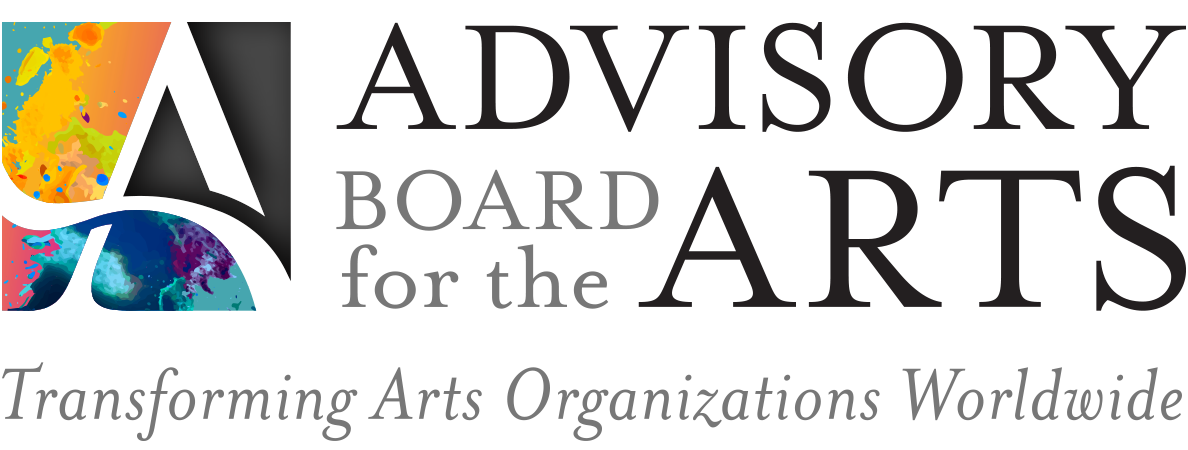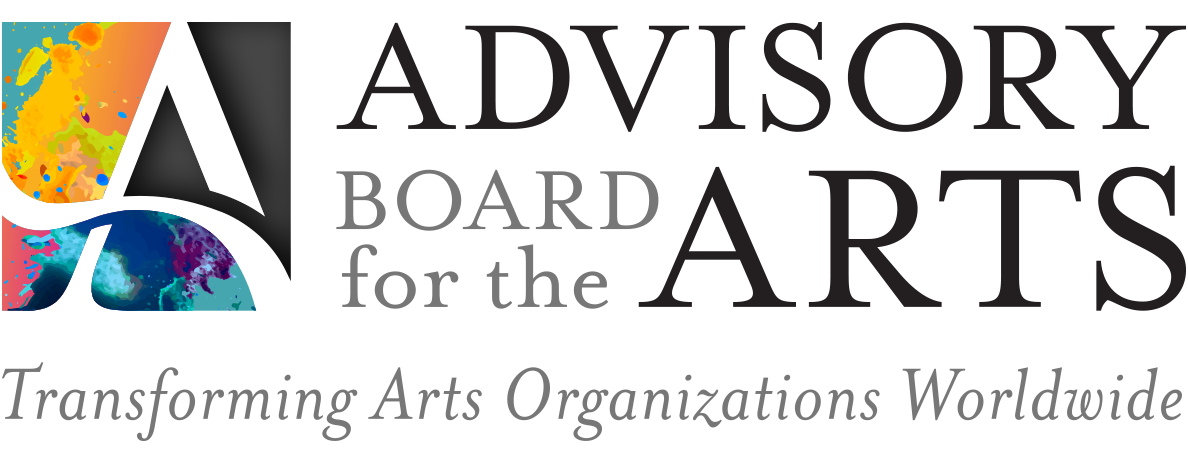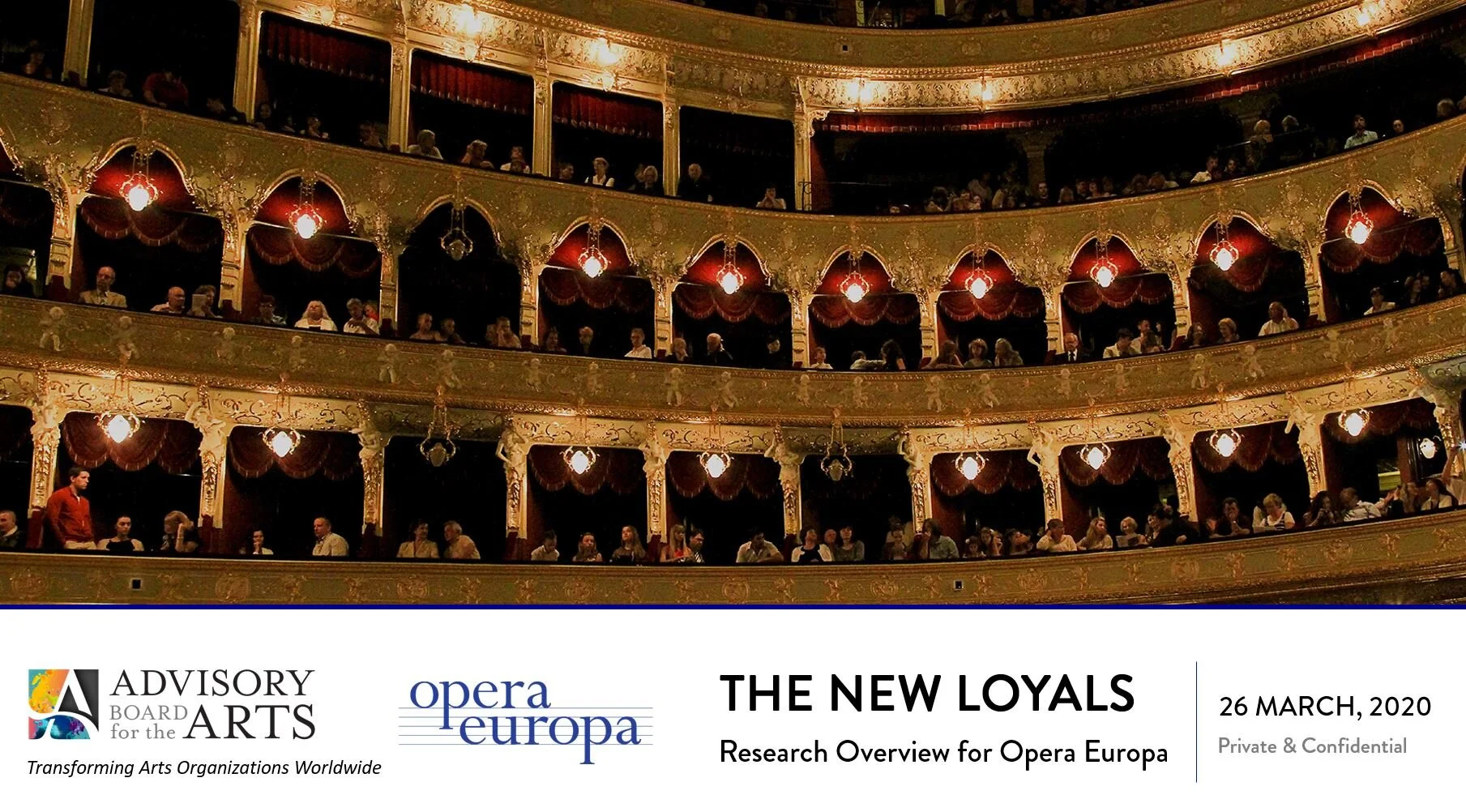Attracting New, Loyal Customers
Many arts organizations are facing stagnant or declining customer numbers, as well as diminished loyalty. Falling subscription rates are one example of a downward trend in attendance.
When finding new customers, we often look to those most similar to our current audience profile, but this will not fix the rate of subscription declines or audience churn rates.
Rather than attract “one and done” ticket buyers, arts organizations need to find new customers who are likely to return and whose needs and priorities likely differ from those of our current audiences.
To resonate with future audiences, we must:
Understand purchase and non-purchase drivers
Identify psychographic segments based on these reasons for attendance
Build and market experiences to appeal to target segments
View the research overview webinar for Opera Europa March 26
Advisory Board for the Arts (www.advisoryarts.com) discusses The New Loyals research for Opera Europa members.
Key Questions Addressed in the Research
Why do various customers decide to buy a ticket?
Around which loyalty drivers can we build a compelling experience?
How aggressively should we transform the experience(s) to attract loyal customers?
How big are the potential audience pools that value various experiences? Of these, which are best equipped to pay what we need to charge?
How do we balance the creation of new experiences with our mission and current customer interests?
Research Approach and Deliverables
Audience Interviews
Dozens of interviews with performing arts ticket-buyers and subscribers using the Jobs to be Done methodology.
Consumer
Survey
Survey instrument sent to hundreds of thousands of performing arts attendees, subscribers, and former subscribers.
BEHAVIORAL
SEGMENTS
Survey responses used to create clusters of behavioral segments; analytics look for segments that are stable across arts genres and regions.
Predictive
analytics
Customer analytics modeling matches individuals from behavioral segments to those in broader consumer databases. Predictive scores allow us to size the segments in the population for various regions and specific organizations.
Best Practice
Research
Dozens of interviews with performing arts organizations about their approaches to targeting behavioral segments, messaging non-traditional audiences, and tailoring the experience to new segments.
MEMBER
MEETINGS
In-person meetings with senior leaders of arts organizations to engage and discuss application of research insights.
IMPLEMENTATION SUPPORT
Best practice case studies focused on exportable actions; implementation guides and diagnostic tools.










